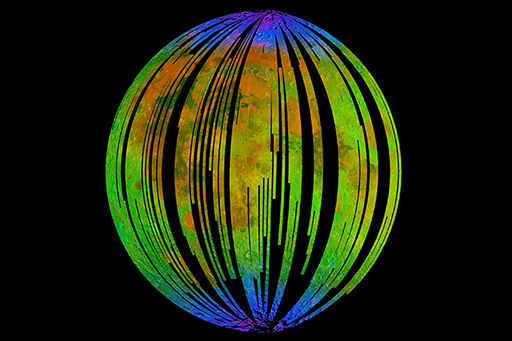2.8 Results from Chandrayaan-1 and LCROSS
The hypothesis that Chandrayaan-1 and its Moon Mineralogy Mapper instrument had detected water was still debated but their findings were confirmed by NASA’s Deep Impact spacecraft (later in 2009) which observed hydrogen all over the lunar surface.
Most recently, in the summer of 2009, NASA launched its Lunar Reconnaissance Orbiter (LRO) spacecraft, at the same time as its Lunar Crater Observation and Sensing Satellite (LCROSS) mission.
LCROSS consisted of two components: a shepherding spacecraft and a Centaur rocket stage. The Centaur rocket section was deliberately crashed into the lunar south pole crater Cabeus. The shepherding spacecraft was able to fly overhead immediately after the crater impact and record the composition of the debris plume kicked up from the surface by the force of the impact.
In November 2009, the LCROSS mission scientists were able to announce that they had made the first direct observations of water-ice particles on the Moon in this ejecta plume, and later calculated that Cabeus crater contains between 3 and 9% (the LCROSS team determined the content of the plume created was 5.6 ± 2.9%) water by mass, much more than previously thought. In addition to the water observations, hydrocarbons of low molecular mass were also measured in the plume, suggesting that perhaps other volatile compounds can exist near the surface of the Moon too.

